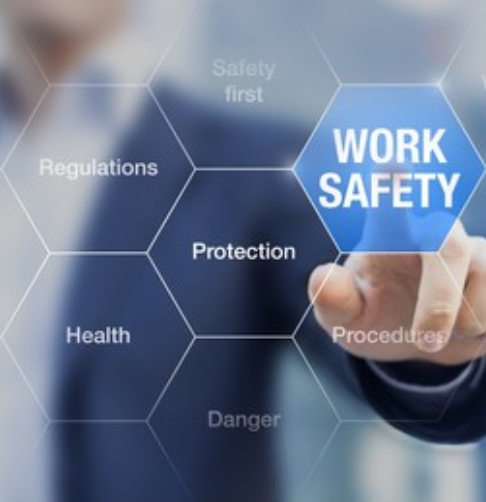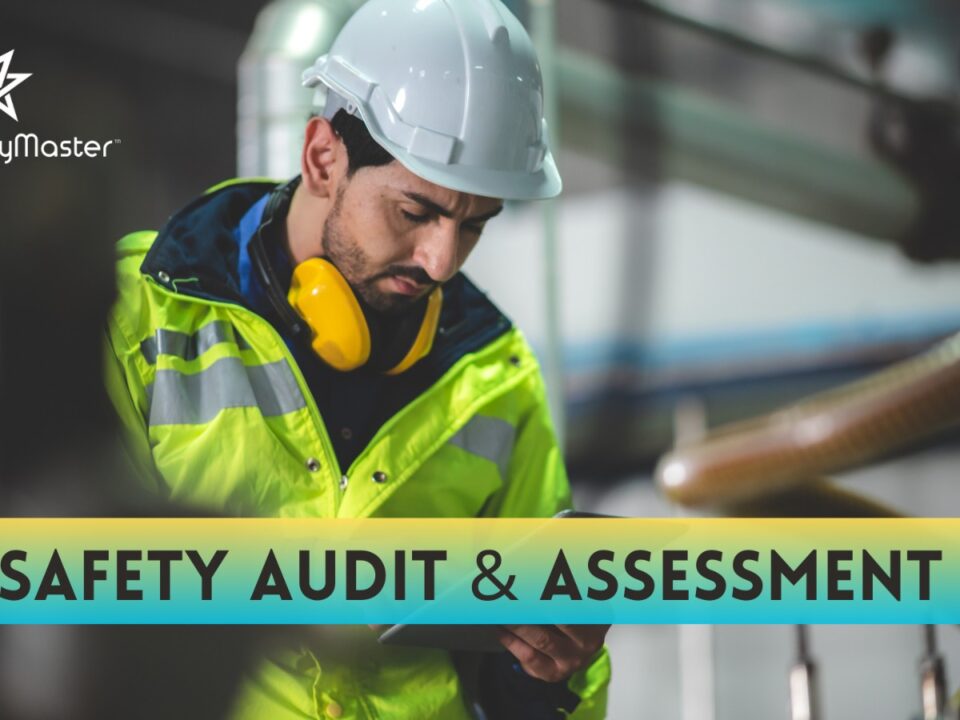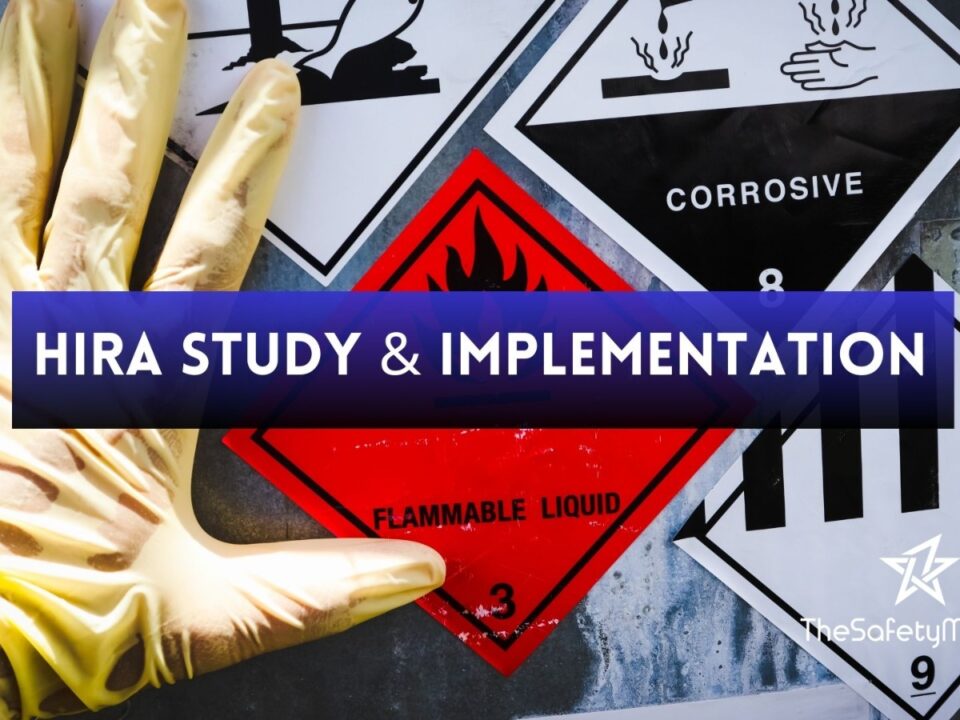How to Conduct a Contractor Safety Audit to Protect Your Workers and Business
A Comprehensive Guide to Developing an Effective Contractor Safety Manual: Ensuring Safety Excellence on Every Worksite
July 26, 2023
Key Differences Between HAZOP and Other Safety Assessment Techniques
July 27, 2023In this article, we will delve into the critical topic of conducting a contractor safety audit to safeguard both your workers and your business. Every day, countless lives are put at risk due to inadequate safety measures within contracting jobs. But fear not, as we guide you through the essential steps to ensure a confident and thorough audit process. From identifying potential hazards to implementing stringent safety protocols, we will equip you with the knowledge and tools to protect your workforce and preserve the integrity of your business. Stay tuned for invaluable insights that will revolutionize your approach to contractor safety.
Introduction
Every business owner understands the paramount importance of ensuring the safety and well-being of their employees. However, when it comes to managing contractors who work on your premises, it becomes even more crucial to ensure that they adhere to the same high safety standards as your own employees. This is where conducting a thorough contractor safety audit comes into play. In this comprehensive article, we will delve into the intricacies of conducting a contractor safety audit, providing you with a step-by-step guide on how to protect your workers and business from potential hazards and risks. We will explore the significance of establishing stringent safety standards, identifying potential risks, implementing effective on-site audit procedures, and taking appropriate corrective actions when non-compliance is found. By following these guidelines, not only will you safeguard your workforce but also enhance your company’s reputation as a responsible and conscientious employer
Importance of Contractor Safety Audits
Contractor safety audits play a pivotal role in safeguarding both your workers and your business. They serve as a vital proactive measure to identify potential hazards, mitigate risks, and ensure compliance with established safety standards and guidelines. By conducting regular audits, you demonstrate your commitment to prioritizing the well-being of your workforce and fostering a safe working environment. These audits allow you to assess the effectiveness of safety protocols implemented by contractors, providing valuable insights into their adherence to regulations and industry best practices. By thoroughly examining their practices, processes, and training programs, you can identify any areas of non-compliance or potential weaknesses that need immediate attention. This enables you to take corrective actions promptly before accidents or injuries occur.
Implementing contractor safety audits not only helps protect your workers from harm but also mitigates legal risks for your business. Demonstrating a robust safety culture not only ensures compliance with relevant regulations but also enhances your reputation as a responsible employer. By investing in thorough assessments of contractor practices, you demonstrate your commitment to maintaining the highest standards of occupational health and safety – an investment that not only safeguards lives but ultimately leads to increased productivity, morale, and overall success in the long run.
Establishing Safety Standards and Guidelines
In order to ensure the safety and well-being of your workers, it is crucial to establish robust safety standards and guidelines when conducting a contractor safety audit. These standards act as a framework for contractors to follow, ensuring that they adhere to best practices and regulatory requirements. By establishing clear expectations from the outset, you create an environment where safety becomes a top priority for everyone involved. When setting these standards, consider incorporating risk assessments specific to your industry and job site. This will help identify potential hazards that contractors may encounter during their work. For example, if your business involves construction, you may need to focus on issues such as fall protection, electrical hazards, or heavy machinery operation. By understanding these risks in detail, you can develop guidelines that address them specifically and ensure contractors have the necessary knowledge and equipment to mitigate them effectively.
Identifying Potential Hazards and Risks
During the contractor safety audit, it is crucial to meticulously identify potential hazards and risks that may threaten the well-being of your workers and the success of your business. By conducting a thorough examination of the work environment, equipment, and procedures, you can uncover hidden dangers that could lead to accidents or injuries.
One area of concern is working at heights. Take note of any unprotected edges or openings where employees might be exposed to falls. Additionally, assess scaffolding, ladders, and other elevated structures for stability and proper installation. By being vigilant in these assessments, you can ensure necessary safety measures are in place and minimize the risk of serious accidents.
On-site Audit Procedures and Inspections
Upon arriving at the worksite, the auditor meticulously examines the physical environment, paying close attention to potential hazards or safety breaches. Armed with a checklist comprising industry-specific safety standards, they assess compliance in areas such as personal protective equipment (PPE), machinery operation, signage visibility, and emergency preparedness.
The auditor conducts interviews with contractors and workers to gather information regarding their understanding of safety protocols and their compliance behaviors. This helps to gauge the effectiveness of safety training programs and identify any gaps that need immediate attention. Additionally, they review relevant documentation such as permits, licenses, incident reports, and maintenance records to ensure comprehensive oversight.
During inspections, auditors emphasize collaboration between contractors and workers by involving them in identifying potential hazards. This approach fosters a sense of ownership for safety among all parties involved. By promoting open communication channels and encouraging workers to report near-misses or unsafe conditions without fear of reprisal, a culture of proactive risk mitigation can be cultivated within the worksite. Ultimately, this not only guarantees worker well-being but also protects businesses from costly legal battles that arise from accidents or non-compliance.
With an optimistic outlook on safety improvements through rigorous audits and inspections, contractors can confidently create a work environment that prioritizes employee welfare while enhancing productivity. A successful on-site audit inspires companies to continuously improve their safety protocols by implementing feedback mechanisms for ongoing evaluation. Together with regular audits, these measures ensure long-term success in protecting both workers’ lives and the sustainability of businesses in an ever-evolving landscape of workplace safety standards.
Addressing Non-compliance and Corrective Actions
Once the contractor safety audit has been conducted, it is crucial to address any non-compliance issues promptly and implement effective corrective actions. This step ensures the safety of your workers and mitigates potential risks to your business.
To begin, thoroughly review the audit findings and identify areas where contractors may have failed to meet safety standards. Create a detailed report outlining each non-compliance issue, describing the hazard, and providing recommendations for improvement. Remember, this process is not about assigning blame but rather about finding practical solutions that promote a safer work environment.
Communicating the Audit Results
After conducting a thorough contractor safety audit, it is essential to effectively communicate the findings to all relevant parties involved. The ultimate goal of this step is to ensure that everyone understands the audit results and can take appropriate action to address any identified issues.
One effective way to communicate the audit results is through a comprehensive report that highlights both the positive aspects and areas for improvement. This report should be written in a clear and concise manner, using language that is easily understandable by all stakeholders. By presenting the information in an organized format, readers can quickly grasp the key findings and recommendations.
In addition to a written report, it can be beneficial to hold a meeting or presentation to discuss the audit results in detail. This allows for questions and clarifications from those involved, fostering open communication and collaboration. Encouraging active participation from all parties helps create a positive environment where ideas can flow freely, leading to innovative solutions for enhancing contractor safety.
Conclusion
In essence, conducting regular contractor safety audits is not merely a legal obligation, but a moral imperative that demonstrates your commitment to the well-being of your workers and the success of your business. By implementing rigorous safety standards, identifying potential hazards, and addressing non-compliance issues promptly, you create a safe and secure work environment that inspires trust and loyalty among both employees and contractors. Remember that protecting lives should always be at the forefront of every business endeavor, for it is through this vigilance that we cultivate an atmosphere of productivity, harmony, and prosperity. As the great Greek philosopher Aristotle once said, “We are what we repeatedly do. Excellence then is not an act, but a habit.” Let excellence be our habit when it comes to contractor safety audits – for in doing so, we pave the way towards a brighter future filled with success and well-being for all involved.
With Best Wishes
Sanjeev Kumar Paruthi
Director & CEO
TSM TheSafetyMaster® Private Limited
Unit No 221-451-452, SPL1/J, 2nd & 4th Floor, Sunsquare Plaza Complex, RIICO Chowk, Bhiwadi 301019, Rajasthan, India
Phone: +91 1493 22 0093
Mobile: +91 7665231743/9413882016
Email: info@thesafetymaster.com



